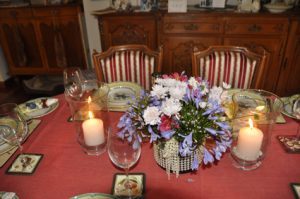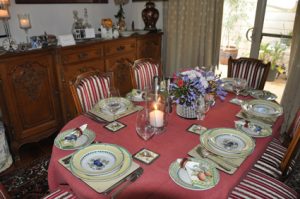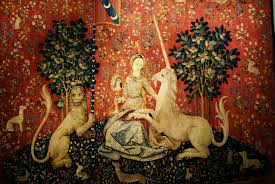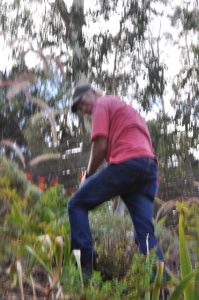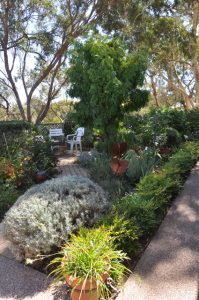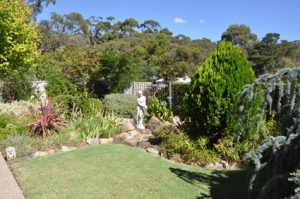The fury of fire dampens New Year mood
Happy New Year to everyone. That said, I can’t remember a more sombre start to a new decade than the communal mood of sadness over the devastating bushfires across Australia. Our historic Adelaide Hills villages and its wonderful wine region have suffered enormous loss of property, hectares of vineyards, almost 100 houses, and equipment and so much livestock. Although we are saddened with the one death in the wide path of the Cudlee Creek fire, we are grateful that the human toll wasn’t much worse.
But the furious fires on Kangaroo Island, where I holidayed regularly for 8 years, destroyed half the island’s pristine landscape including Flinders Chase Visitor Centre and the prestigious Southern Ocean Lodge. Two renowned South Australians lost their lives.
No-one can predict the after-effects of the devastation of wildlife – so unique to the island – where 40 per cent of the land mass is National Park. The future of tourism is unclear. The farming community has lost its livestock, the livelihood of the island’s farmers. its equipment and a lifetime of investment.
Interstate the story of devastation seems to be never-ending. We are shocked and saddened by the losses and despair of so many of our fellow Australians – more than 1000 homes lost and goodness knows the toll of fences, outbuildings and regional businesses – and 20 deaths to date.
However, this morning, it rained to bring new hope that this will be the end of the fires at least in South Australia.
Yet, in January 2020, we step into a new decade, and I hope for many things. Naturally, I wish my own good health and contentment will continue and the continuing health and happiness of my big family.
One only has to watch the SBS news to witness our distressed world, and as our new year rolls on, I hope for peace in the Middle East (seems a fading dream) and an easing of so many tensions created by world leaders across the globe. All we powerless people can do is hope they will make wise decisions and consider the precarious condition of our planet.
At home, in Adelaide, I wish all my family, friends and Facebook mates a year of health, happiness, fun family time and leisurely activities.
